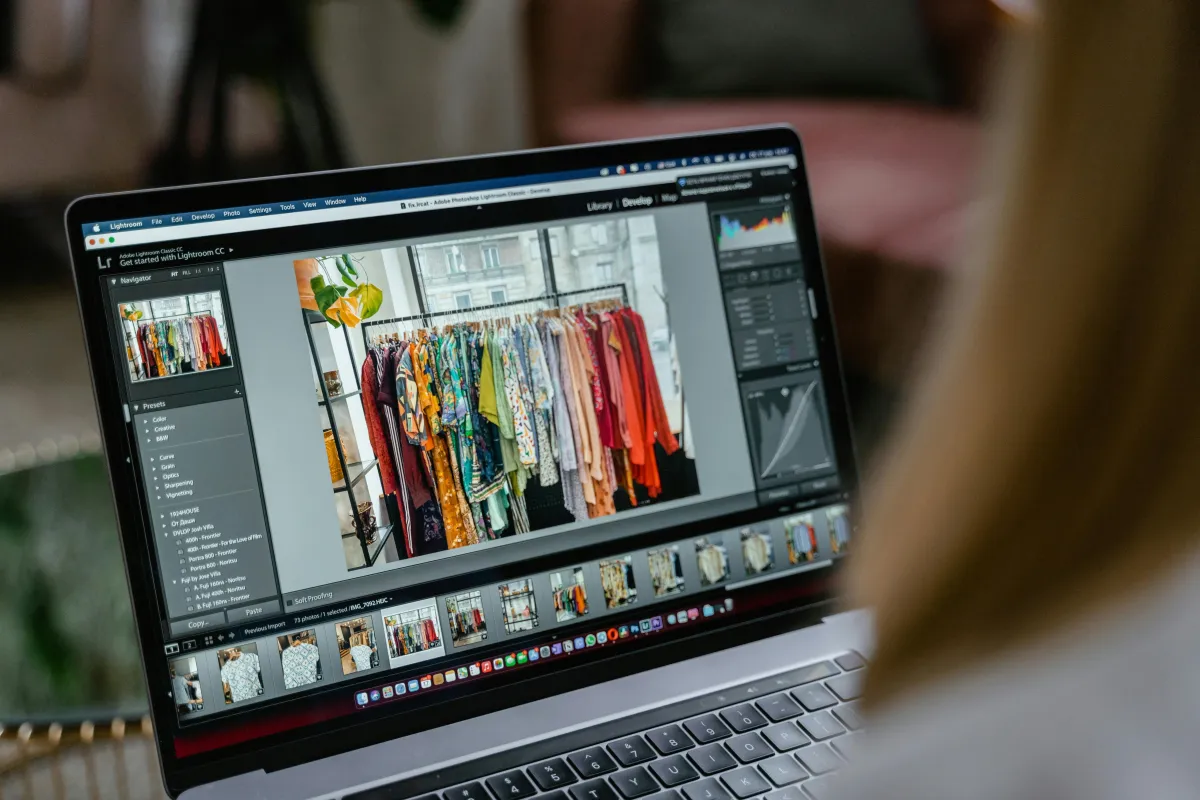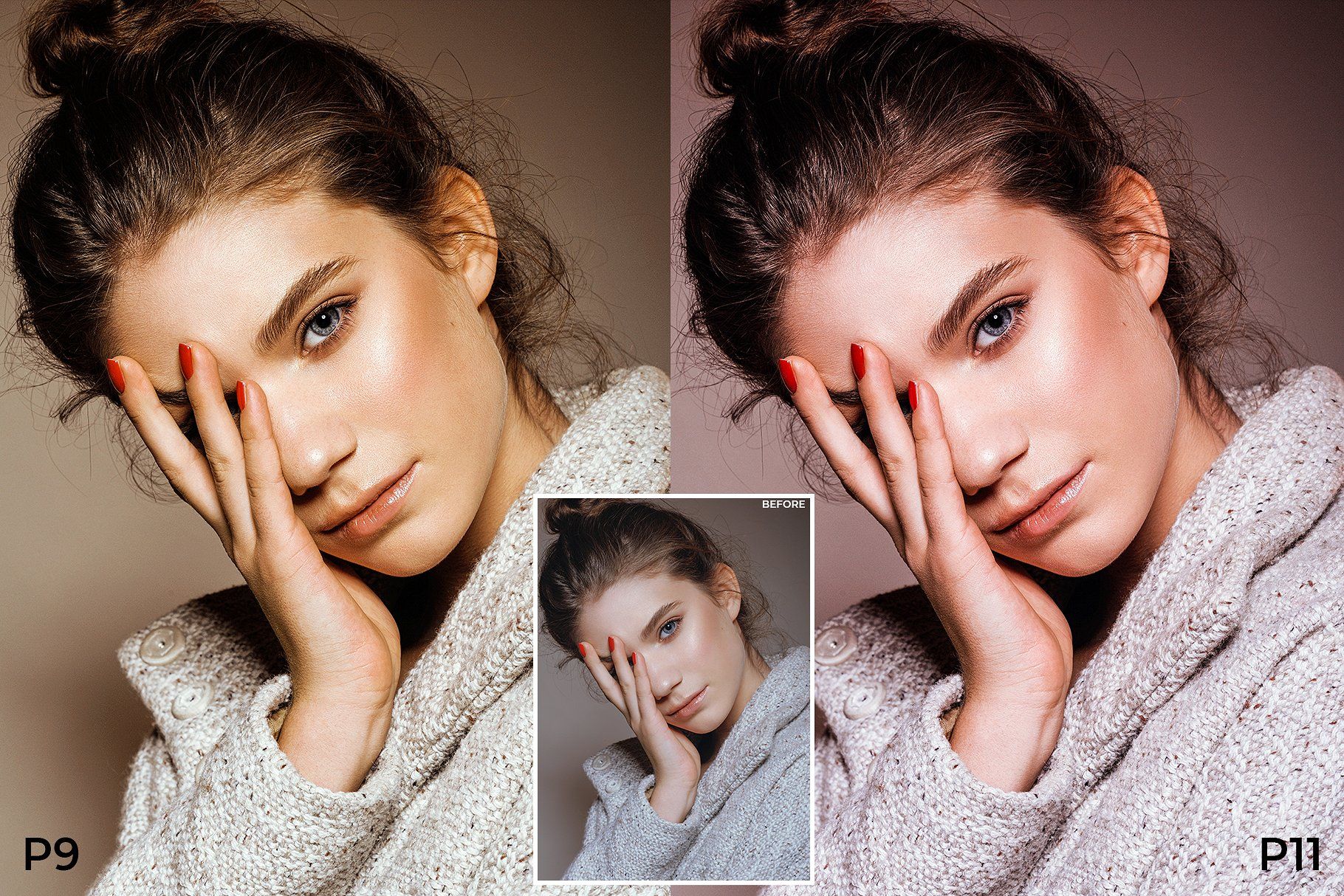
Importance of Editing in Photography: Creating Presets for Efficiency

Introduction
Editing is a critical component of photography that can significantly impact your workflow efficiency. In the fast-paced world of professional photography, being able to streamline your editing process is essential for meeting deadlines and managing client expectations. One of the most effective ways to enhance your editing efficiency is by using presets. These handy tools not only save time but also help maintain consistency across your work, allowing you to focus more on the creative aspects of photography.
Whether you’re a professional photographer, a hobbyist, or someone managing a small business, the following insights into creating and utilizing presets can help you elevate your editing game.
1. Understanding Presets in Photography
Definition of Presets
Presets are pre-defined adjustments that can be applied to images in photo editing software. They typically include various edits like exposure adjustments, color grading, and sharpness tweaks. Popular editing software such as Adobe Lightroom and Capture One supports the use of presets, making them accessible for photographers at all skill levels.
I remember the first time I discovered presets; it felt like unlocking a treasure chest of editing possibilities! I found that applying a single preset could change the entire mood of a photograph, and it saved me hours of work.
Benefits of Using Presets
Using presets can significantly boost productivity during the editing process. They allow you to quickly apply a consistent style across a series of images, ensuring your work maintains a cohesive look. This consistency can be especially important for businesses and brands that require a unified aesthetic in their visuals.
For example, when I was working on a project for a local café, using a preset helped create a warm, inviting atmosphere across all images, reinforcing the brand's identity. It not only saved time but also ensured that every photo aligned with the client’s vision.
2. Creating Your Own Presets
Establishing a Unique Editing Style
Before diving into creating presets, it’s essential to identify and refine your unique editing style. Take some time to explore your favorite images and determine the key adjustments that define your aesthetic, such as color grading and contrast levels.
A fellow photographer I know spent months developing her signature look. By analyzing her work and experimenting with different edits, she was able to pinpoint the adjustments that resonated with her style.
Step-by-Step Guide to Creating Presets
Creating your own presets can be straightforward. Here’s a simple guide to get you started:
Step 1: Selecting a Base Image
Choose an image that represents the style you want to replicate. This could be a favorite portrait or a stunning landscape.
Step 2: Making Adjustments
Make the key adjustments to your image. Focus on exposure, color balance, sharpness, and any other tweaks that align with your aesthetic.
Step 3: Saving the Preset
Once you’re satisfied with the adjustments, save them as a preset for future use. In Lightroom, for instance, this is as simple as clicking “Create Preset” and giving it a memorable name.

Testing and Refining Presets
After creating your presets, it’s important to test them on various images to ensure versatility. This means applying the preset to different lighting conditions and subjects to see how it performs.
For instance, I created a preset for outdoor portraits, but upon testing, I realized it needed tweaking for indoor shots. Refining my presets based on feedback helped me create more versatile tools for my editing workflow.
3. Organizing and Managing Presets
Categorizing Your Presets
Organizing presets into categories (like portrait, landscape, and product) makes them easier to find and apply. Clear naming conventions can also help you quickly identify which preset to use for a specific type of photography.
I categorize my presets based on the type of shoot and the mood I want to convey, which has significantly streamlined my editing process.
Backing Up Your Presets
Creating backups of your presets is essential to prevent loss of work. Regularly saving your preset files and maintaining an organized library will make retrieval easy and efficient.
I learned this lesson the hard way when I lost my presets due to a computer crash. Now, I keep copies on both an external drive and cloud storage!
Updating Presets Regularly
It’s essential to revisit and update your presets periodically to adapt to new techniques or styles. As your editing skills grow, your presets should evolve too.
For example, after attending a workshop on advanced color grading techniques, I went back and updated several of my older presets to incorporate what I had learned.
4. Utilizing Presets in Your Workflow
Speeding Up the Editing Process
Presets can speed up your editing process significantly, especially when applying them to batches of images. However, it’s important to balance using presets with individual adjustments to achieve the best results.
When editing wedding photos, I often apply my base preset to all images in a batch and then tweak them individually for the best outcome. This method allows me to work efficiently without sacrificing quality.
Customizing Presets for Individual Images
Don’t hesitate to tweak your presets for specific images to achieve the best results. Custom adjustments can elevate an image, making it more unique and aligned with your creative vision.
For instance, if a preset looks great on one photo but not on another, I’ll adjust the exposure or contrast slightly to suit the specific lighting or subject.
Before and After Comparisons
Showcasing before and after comparisons can illustrate the impact of presets on the final outcome of images. This not only highlights your editing skills but also helps educate your audience on the value of effective editing.

Conclusion
In summary, editing is an integral part of photography that greatly impacts workflow efficiency and the final image quality. Mastering the creation and use of presets can elevate your editing process, saving time while ensuring consistency across your work.
I encourage all photographers, whether seasoned professionals or enthusiastic hobbyists, to experiment with presets. They can be a powerful tool for growth and productivity in your photography journey.
If you’re a photographer looking for information on how to take your business to the next level visit https://photography.the302co.com/photographybusinesshelp-intro.
Subscribe to get notified of new content. Be the first to find out!